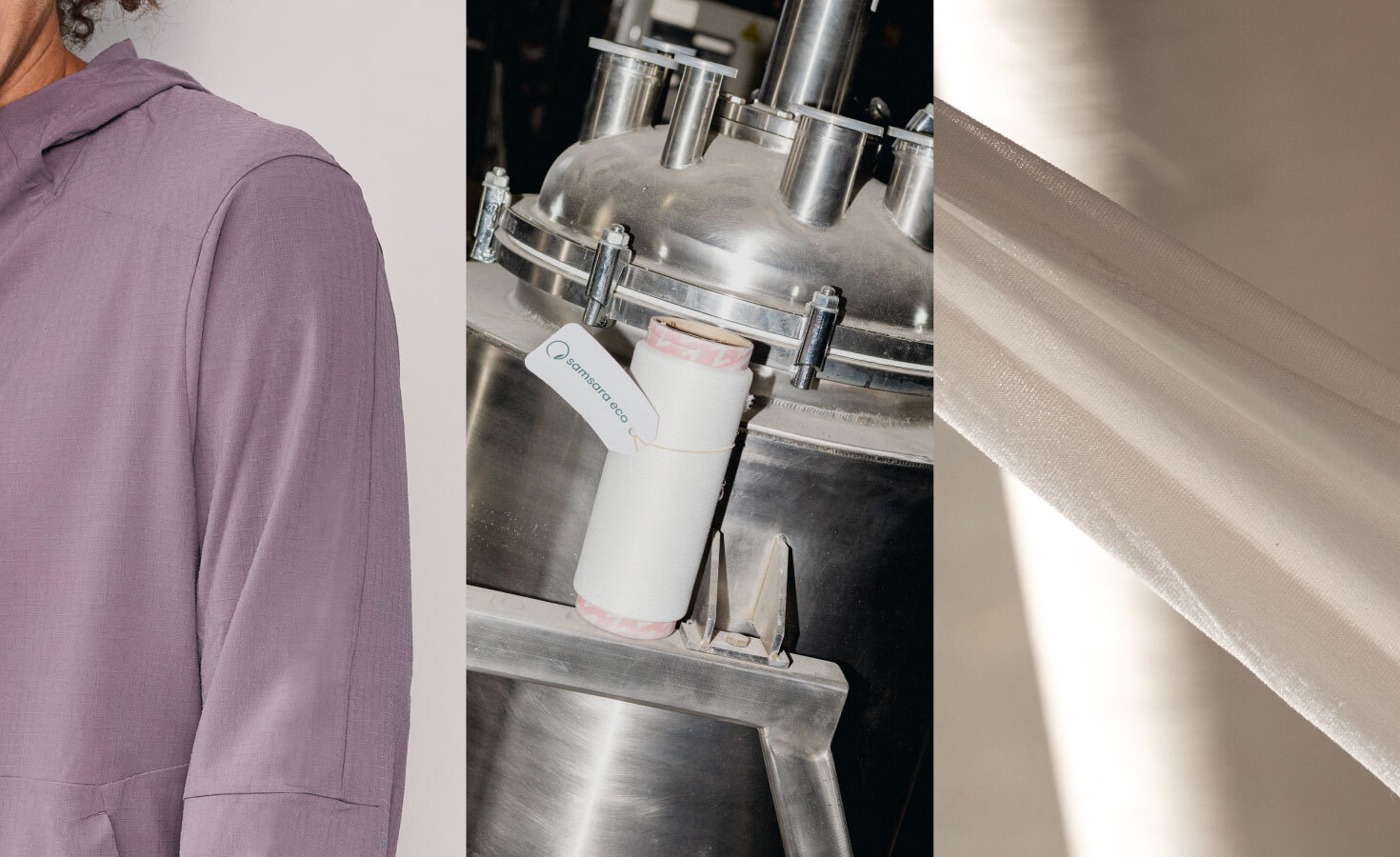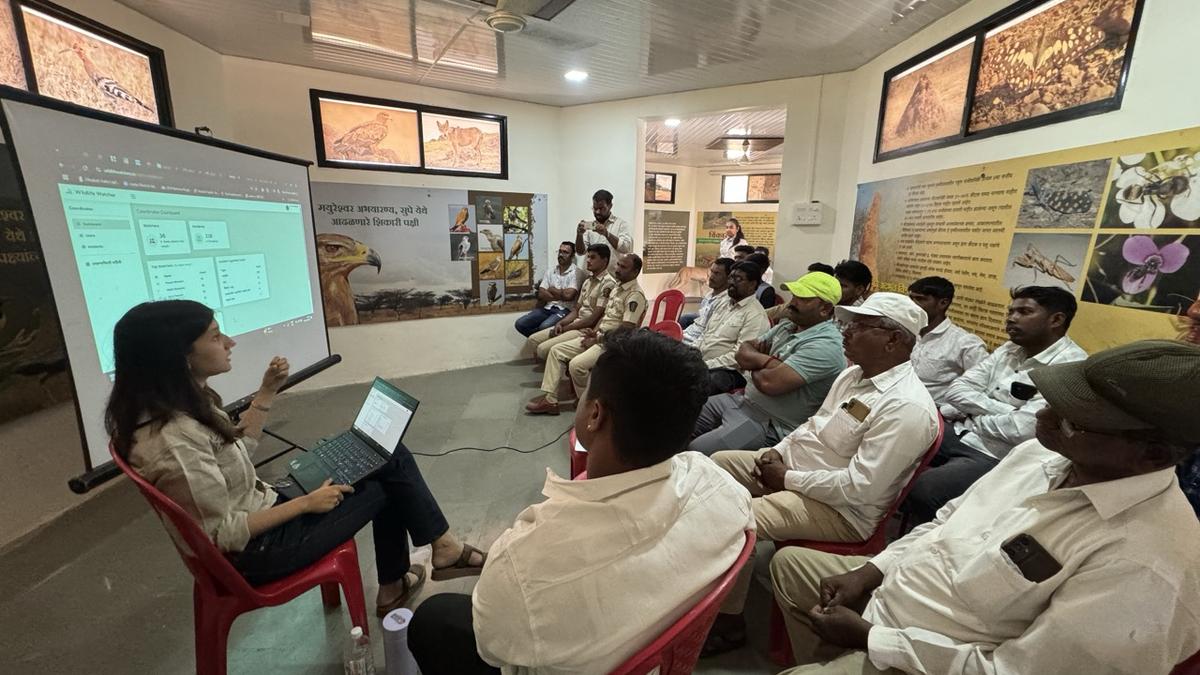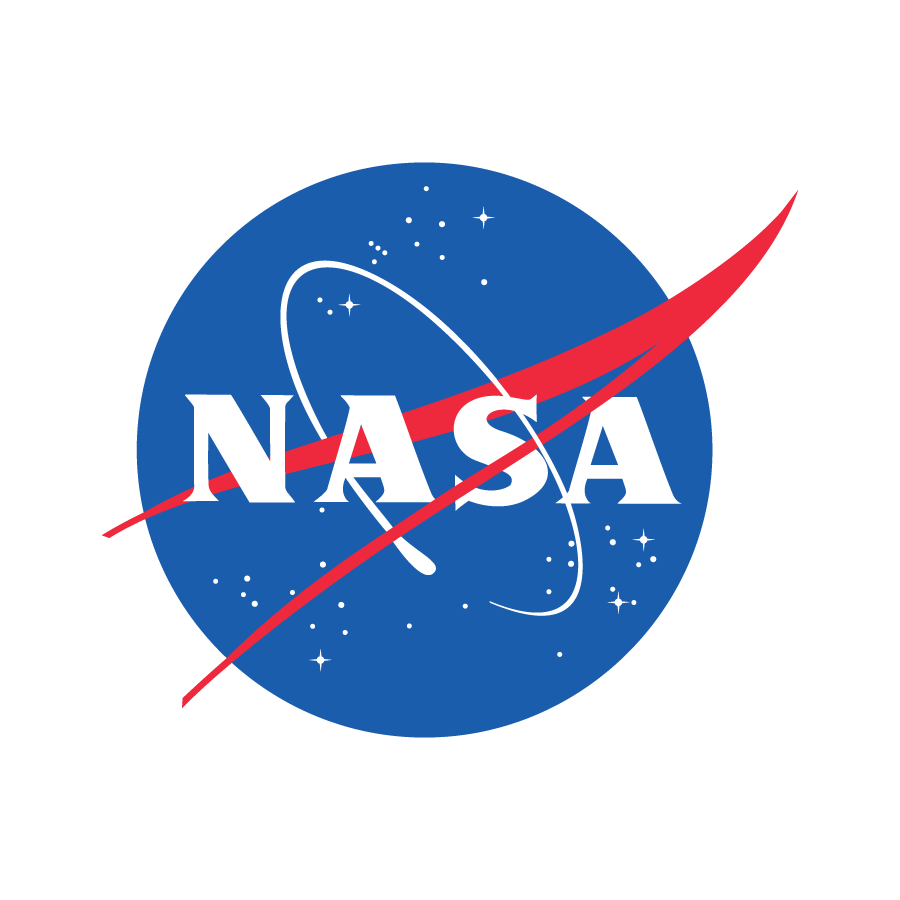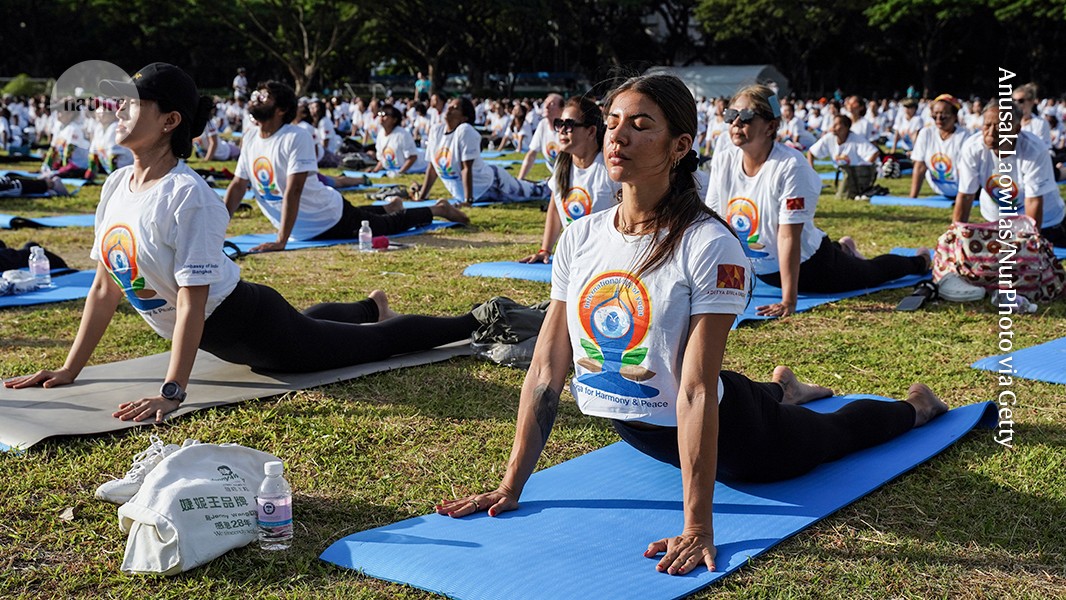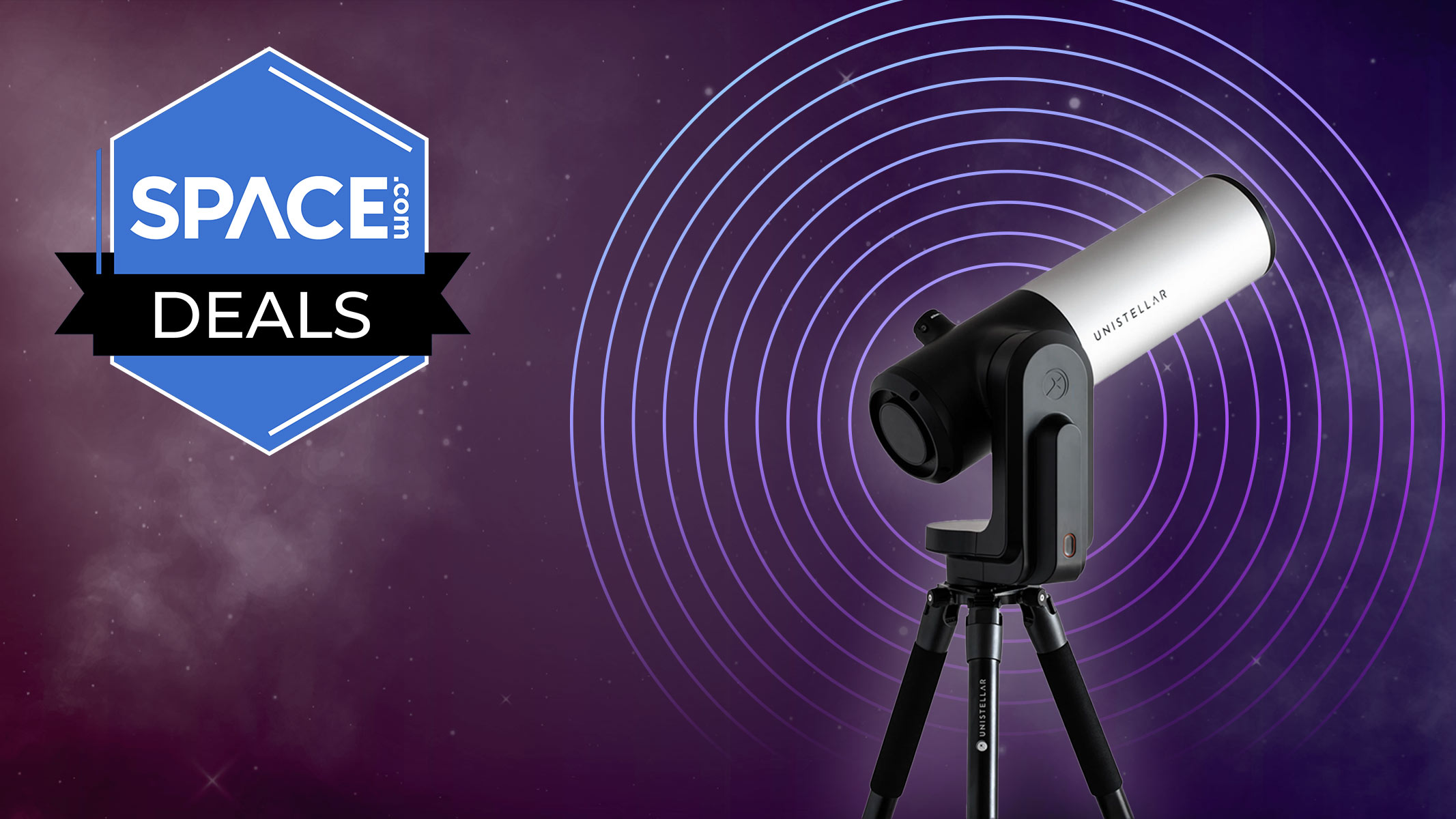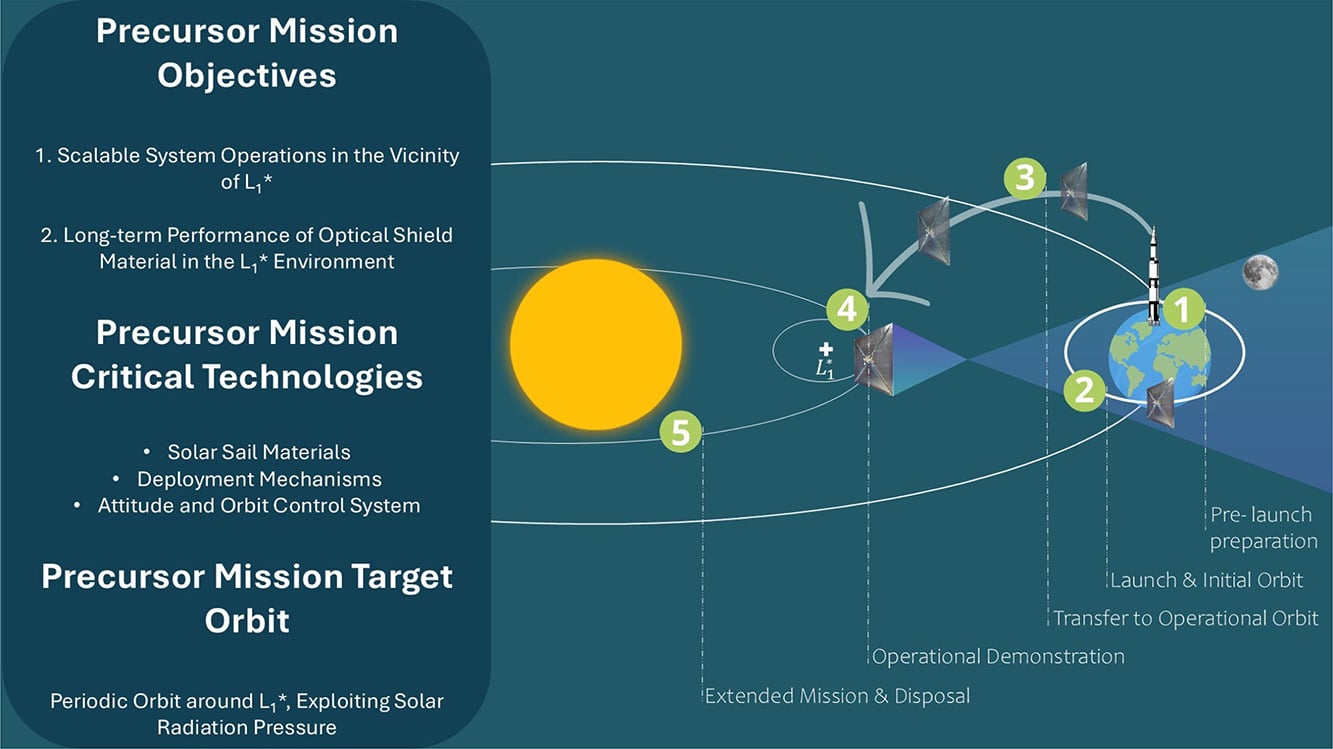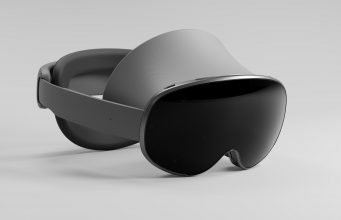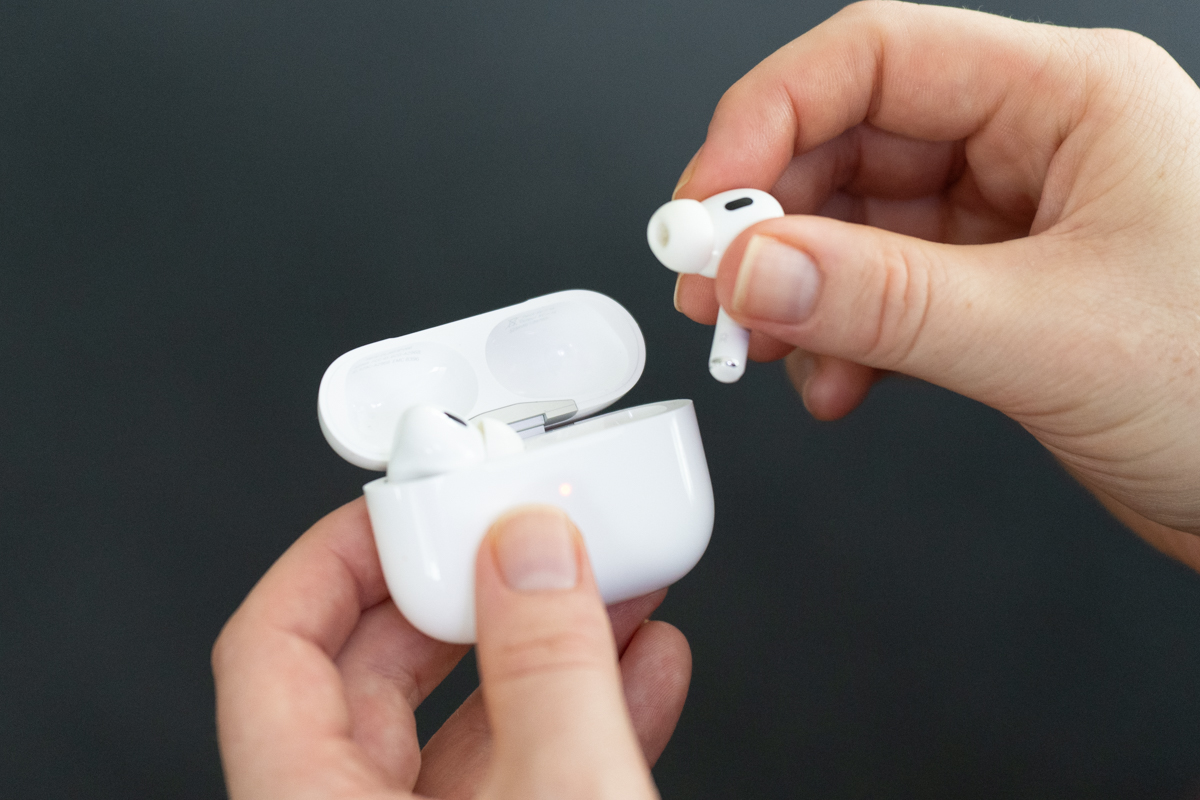Neoprene Market: Global Trends, Growth Drivers, Challenges & Competitive Landscape
Neoprene Market: Global Trends, Growth Drivers, Challenges & Competitive Landscape
Market Overview
The global neoprene market is experiencing robust growth, driven by its unique chemical structure that offers excellent thermal resistance, weather resilience, chemical inertness, and mechanical durability. Neoprene—also known as polychloroprene—is a synthetic rubber widely used across diverse industries including automotive, sports equipment, personal protective gear, electronics, medical applications, and fashion textiles.
As of 2024, the neoprene market is estimated at approximately USD 2,027.89 Million and is projected to reach USD 2,759.69 Million by 2034, registering a CAGR of 3.1% during the forecast period. This growth trajectory is supported by increasing industrial demand for performance-oriented materials and expanding end-user applications in emerging markets.
Key Market Growth Drivers
1. Surging Demand in the Sports and Protective Gear Industry
The sports and fitness industry is a major consumer of neoprene, particularly in products like wetsuits, knee braces, elbow pads, gloves, and resistance bands. The rising health consciousness and increased participation in outdoor and water sports activities across North America and Europe have significantly boosted neoprene demand.
2. Expanding Use in Automotive Components
Neoprene is extensively used in the automotive sector for hoses, seals, belts, CV boots, and gaskets due to its high resistance to oils, heat, and abrasion. With the global automotive sector moving towards electrification and lightweight components, the requirement for durable materials like neoprene is intensifying.
3. Rising Application in Electronics and Industrial Products
Neoprene’s non-conductive, flame-retardant, and insulating properties make it highly suitable for cable jacketing, grommets, insulation pads, and seals in electrical and industrial machinery. The global push toward industrial automation and smart electronics has accelerated the uptake of neoprene-based components.
4. Adoption in Fashion and Lifestyle Products
An emerging growth area for neoprene lies in fashion and consumer accessories. Its flexibility, cushioning, and aesthetic appeal have made it a popular choice for bags, footwear, and apparel. Designers are increasingly incorporating neoprene in high-performance and style-centric products.
Market Challenges
1. Environmental and Regulatory Pressures
The neoprene production process involves chloroprene monomers, raising concerns regarding volatile organic compound (VOC) emissions and sustainability. Stricter environmental regulations are compelling manufacturers to explore eco-friendly alternatives and improve waste management practices.
2. Raw Material Price Fluctuation
Neoprene is derived from petroleum-based resources. The volatility in crude oil prices and supply chain disruptions impact the overall cost structure and margins for manufacturers, especially in cost-sensitive applications.
3. Competition from Alternative Materials
The advent of biodegradable and bio-based elastomers is posing a competitive threat. Additionally, silicone rubber and other advanced polymers are gaining popularity due to their environmental and functional benefits.
Explore The Complete Comprehensive Report Here: https://www.polarismarketresearch.com/industry-analysis/neoprene-market
Regional Analysis
North America
North America holds a significant market share, fueled by strong demand in automotive, sports, and protective gear sectors. The U.S. in particular is a key consumer, with established supply chains and innovation in neoprene-based consumer goods.
Europe
Europe’s neoprene market is driven by applications in sportswear, automotive OEMs, and marine accessories. Countries like Germany, France, and the UK are focused on high-performance, sustainable materials, which has resulted in increased R&D investments.
Asia-Pacific
The Asia-Pacific region is the fastest-growing market, led by China, India, Japan, and South Korea. Rapid industrialization, automotive production, and urban infrastructure development are significant contributors to neoprene demand. The region also benefits from lower manufacturing costs and growing domestic consumption.
Latin America & Middle East
These regions are witnessing gradual growth due to the increasing penetration of neoprene in automotive, construction, and consumer markets. Countries such as Brazil and UAE are investing in diversified industries, creating new avenues for neoprene applications.
Market Segmentation
By Product Form:
- Neoprene Sheets
- Neoprene Foam
- Neoprene Latex
By Application:
- Automotive Components
- Wetsuits and Sportswear
- Medical Braces and Supports
- Industrial Seals and Gaskets
- Consumer Products (bags, laptop sleeves, accessories)
By End-Use Industry:
- Automotive
- Healthcare
- Sports & Leisure
- Construction
- Electrical & Electronics
- Textiles & Fashion
Competitive Landscape
The neoprene market is moderately fragmented, with a mix of global corporations and niche manufacturers. Companies are focusing on expanding production capabilities, investing in R&D for sustainable solutions, and strengthening their distribution networks to gain a competitive edge.
Key Companies
3M
Known for its material science innovation, 3M develops neoprene-based solutions for both industrial and consumer applications. Their product line spans across electronics, automotive insulation, adhesives, and personal protection.
Ansell
A global leader in personal protective equipment (PPE), Ansell utilizes neoprene in gloves and body protection products for industrial, healthcare, and laboratory environments. The company’s focus on safety, durability, and ergonomics keeps it at the forefront of neoprene-based protective gear.
ARIAPRENE (Tiong Liong Industrial Co., Ltd)
Renowned for its eco-friendly neoprene alternatives, ARIAPRENE is setting benchmarks in sustainable material development. The company emphasizes performance foams used in footwear, backpacks, and outdoor gear.
Denka Company Limited
As one of the leading global producers of chloroprene rubber, Denka plays a crucial role in the neoprene supply chain. Its high-performance materials cater to a broad industrial base, including automotive, construction, and electronics.
Guangzhou Huaxing Sports Goods Co. Ltd.
This firm specializes in neoprene-based water sports products and protective gear. With a strong focus on manufacturing efficiency and customization, it serves clients globally in the consumer and OEM markets.
Macro Products, Inc.
Macro Products manufactures neoprene rubber parts for commercial and industrial use. The company’s strong domestic market presence and ability to offer tailored solutions make it a key regional player.
Mueller Sports Medicine
Mueller integrates neoprene into medical braces, compression sleeves, and athletic recovery products. Their brand is trusted in sports medicine and physical therapy.
Neoprene Craft Hub
This niche manufacturer focuses on the fashion and accessories segment, producing customized neoprene bags, cases, and craft materials for designers and retailers.
Pidilite Industries
A leader in adhesives and sealants, Pidilite utilizes neoprene in bonding agents across various applications, including automotive and construction.
YuHuang Chemical
Based in Asia, YuHuang is actively expanding its footprint in chloroprene monomer and neoprene rubber production, focusing on scale, cost-efficiency, and export capabilities.
Conclusion
The global neoprene market is poised for moderate yet steady growth over the next decade, fueled by demand from diverse sectors such as automotive, sports equipment, industrial goods, and consumer products. While challenges such as environmental concerns and raw material volatility persist, innovation in sustainable formulations and performance applications will continue to drive market dynamics.
Key players are expected to focus on sustainability, regional expansion, and product diversification to capitalize on emerging opportunities in developing economies and evolving industrial ecosystems. With increasing applications and technological advancements, neoprene is set to remain a material of choice across multiple industries.
More Trending Latest Reports By Polaris Market Research:
High Temperature Insulation Market
High Temperature Insulation Market
Well Abandonment Services Market
Well Abandonment Services Market
Surface Mount Technology Market: An Electronic Board for Better Functionality
Lactic And Poly Lactic Acid Market
Lactic And Poly Lactic Acid Market
Credit Score, Credit Report, and Credit Check Services Market
Asia Pacific Organic Cereals Market
Manuka Honey Market: The Miracle Honey from Down



